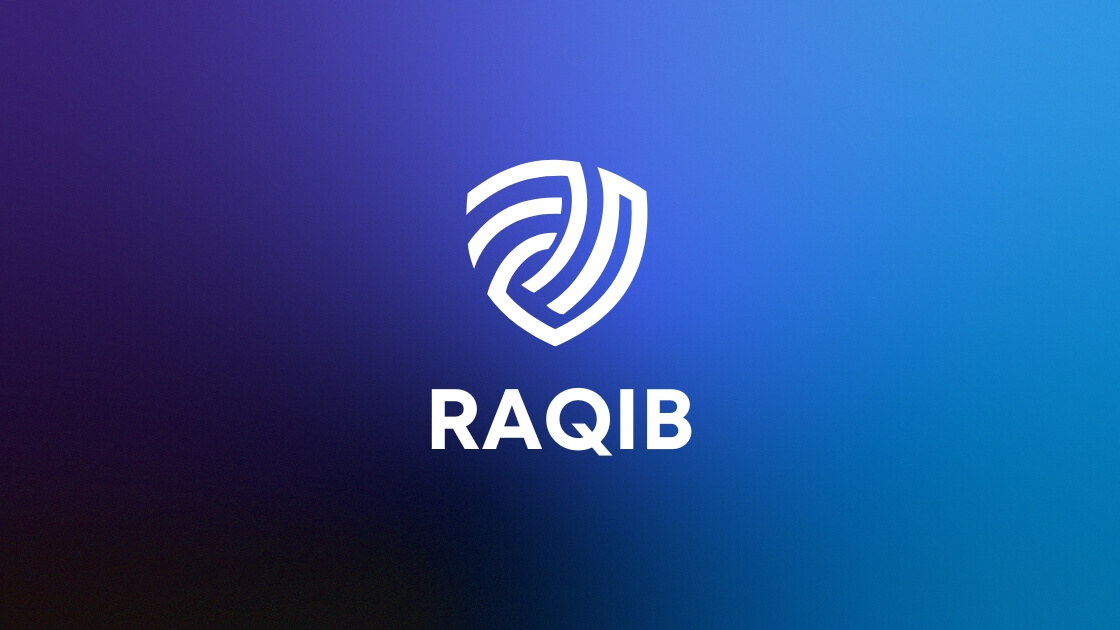Predictive Analytics in Cybersecurity: Anticipating Threats Before They Occur

With increasing cyber threats and attacks, organizations need to stay ahead of the curve to protect their sensitive data and maintain their reputation. One of the most effective ways to do this is through predictive analytics in cybersecurity. This approach anticipates threats before they occur, allowing organizations to take proactive measures to safeguard their systems. In this article, we’ll explore the role of predictive analytics in cybersecurity, its benefits, and how it helps anticipate threats.
What is Predictive Analytics?
Predictive analytics involves using data, statistical algorithms, and machine learning techniques to identify the likelihood of future outcomes based on historical data. In the context of cybersecurity, predictive analytics helps organizations foresee potential security threats, identify vulnerabilities, and plan appropriate countermeasures before a breach occurs.
How Predictive Analytics Works in Cybersecurity
- Data Collection: The first step involves collecting vast amounts of data from various sources, including network logs, user activity, and external threat intelligence. This data serves as the foundation for developing predictive models.
- Data Analysis: Advanced algorithms analyze the collected data to identify patterns and correlations that may indicate potential threats. By examining historical data, these algorithms can learn what a typical cyberattack looks like and predict future attacks.
- Machine Learning Models: Machine learning models are trained on historical cyber threat data to improve their accuracy in predicting future threats. These models continuously learn and adapt to new information, enhancing their predictive capabilities over time.
- Threat Prediction: Once the models are trained, they can identify anomalies and predict potential security threats in real-time. This enables organizations to take preemptive actions to mitigate risks before they materialize.
Benefits of Predictive Analytics in Cybersecurity
- Proactive Threat Management: By predicting potential threats, organizations can implement security measures in advance, reducing the risk of data breaches and cyberattacks.
- Resource Optimization: Predictive analytics allows security teams to focus on the most likely threats, optimizing resource allocation and ensuring that critical assets are protected.
- Enhanced Incident Response: With early threat detection, organizations can respond more quickly and effectively to potential security incidents, minimizing damage and recovery time.
- Improved Decision Making: Data-driven insights from predictive analytics help organizations make informed decisions about their cybersecurity strategies and policies.
Challenges and Considerations
While predictive analytics provides significant advantages, there are challenges to consider:
- Data Quality: The accuracy of predictive models depends on the quality and relevance of the data used. Incomplete or inaccurate data can lead to incorrect predictions.
- Complexity: Implementing predictive analytics can be complex and requires specialized skills and tools. Organizations need to invest in training and technology to effectively use these systems.
- Privacy Concerns: Extensive data collection for predictive analytics may raise privacy concerns. Organizations must ensure compliance with data protection regulations.
Real-World Applications
Many organizations across various industries are leveraging predictive analytics in cybersecurity. For example, financial institutions use it to detect fraudulent activities, while healthcare organizations employ it to protect patient data. By integrating predictive analytics into their cybersecurity framework, these organizations can enhance their security posture and protect their critical assets from emerging threats.
Predictive analytics is transforming the cybersecurity landscape by enabling organizations to anticipate and prevent cyber threats before they occur. By leveraging data-driven insights, businesses can enhance their security measures, optimize resources, and protect their valuable information. As cyber threats continue to evolve, predictive analytics will play an increasingly crucial role in safeguarding digital assets and ensuring a secure future.